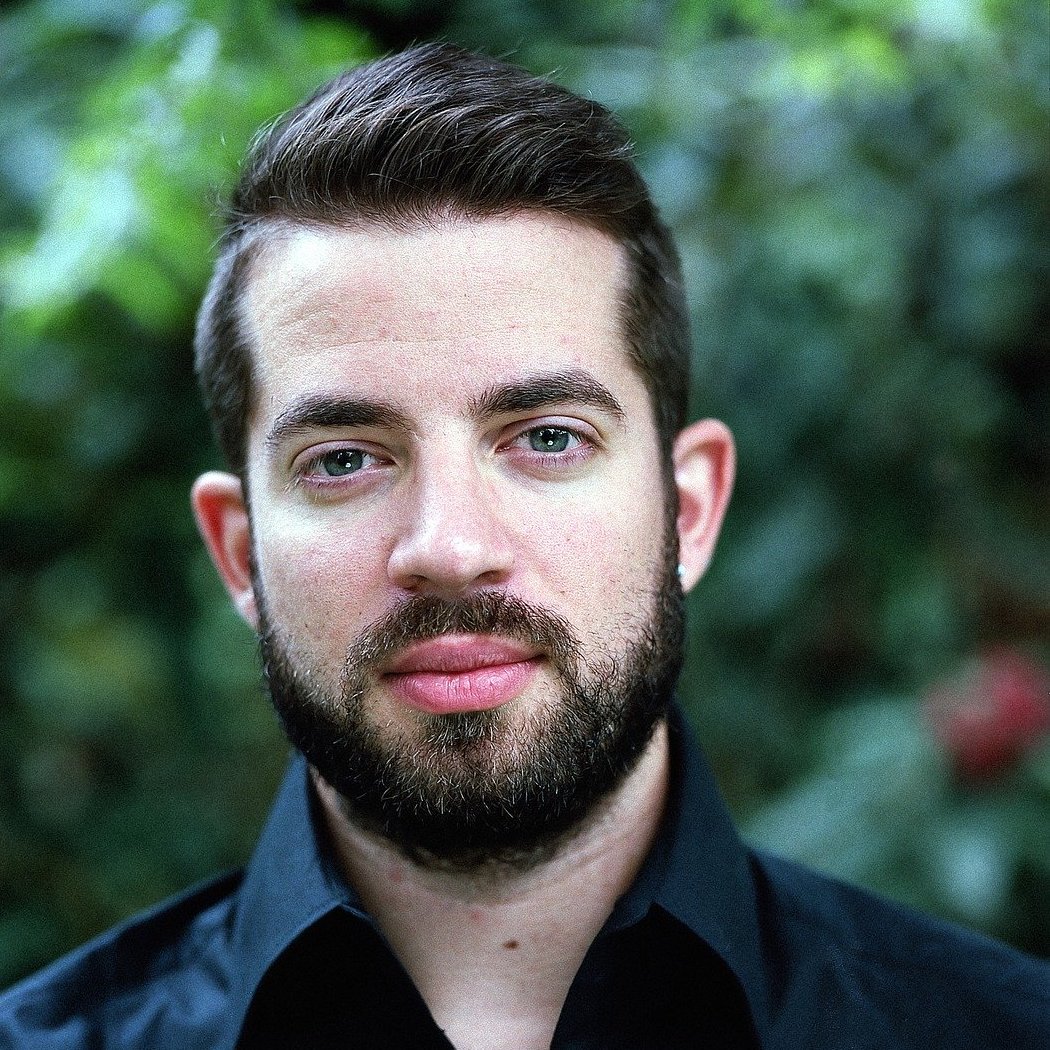Maimonides:
Guide of the Perplexed

By Matt McKeown
Maimonides shaped all subsequent schools of Judaism, and even the development of Medieval Christianity.
The twelfth century was a great period of revival in European scholarship; it boasts such luminaries as St. Anselm of Canterbury, Peter Abælard, and Averroes. Spain was a great crossroads of culture at the time. It was one of the only places in Europe where Muslims, Jews, and Christians lived together. Muslim scholarship and Judaic mysticism were in flower. It was largely through Spain that Aristotle returned to the West, along with advances in medicine and alchemy, from as far afield as Persia.
It was during this Medieval renaissance that Moshe ben Maimon, better known as Maimonides, was born. He spent the first thirty years of his life in Spain and Morocco, later traveling to Palestine and finally settling in Egypt. Ben Maimon was a polymath: in addition to writing more than a dozen volumes of commentary on the Tanakh and the Talmud, he was an acclaimed philosopher, astronomer, and physician. Readers discussed and celebrated his work, from his homeland of Spain all the way to Yemen and Iraq.
While living in Cairo, ben Maimon devoted most of his time to medicine; he accepted the “four humors” theory, but modified conventional ideas based on his own observations. He spent several exhausting hours each day going back and forth between the Sultan’s palace and his own house to receive patients—even on the Sabbath.
Probably his most famous work among Gentiles is his Guide for the Perplexed. Rather like the Scholastics, ben Maimon offered a synthesis of Aristotle with Judaism. He interpreted God as the “uncaused cause” of the Physics, and applied the doctrine of the golden mean to moral and religious practice. Ben Maimon also addressed the problem of evil. He agreed with the Augustinian view that evil was nonbeing, and argued that human beings bring most evil on themselves as a natural effect of foolishness and excess. Several Christian theologians, notably Aquinas, read and quoted the Guide; it remains a religious and philosophical classic to this day.
One should accept the truth, from whatever source it proceeds.
Moshe ben Maimon
However, for the Jewish community, his most important work was the Mishneh Torah. A colossal work, running to fourteen volumes, it detailed all Jewish moral, legal, and ritual practice. It even included rules applying only to the Temple, which had been razed a thousand years earlier and showed no sign of being rebuilt, since Jerusalem was in the hands of the Catholic crusader kings at the time. This work set down ben Maimon’s understanding of the oral Torah. Orthodox Jews consider the oral Torah to have the same divine authority as the written Torah, though transmitted verbally rather than in writing. (In this way the oral Torah is somewhat like sacred tradition in the Catholic and Eastern Orthodox Churches.) Ben Maimon wrote a thirteen-point list defining Jewish belief, which often appears in Orthodox prayer books.
The Mishneh Torah was not the first work of its kind—the first part of the Talmud addressed much the same material. However, ben Maimon’s book was so influential that some rabbis stated flatly that no one could contradict him. Even if he seemed to be contradicting the Talmud itself, they taught, the Talmud had been misunderstood, and ben Maimon had corrected that. To this day, his writings in general and the Mishneh Torah specifically are a major subject of study in Jewish schools and houses of worship.
His work had one or two unfortunate side-effects for Medieval Jews, however. The Mishneh Torah became a popular work for Jewish communities from Morocco to India in a matter of years, but this sparked debate. In the early thirteenth century in Portugal, Spain, and southern France, some Jews tried to apply ben Maimon’s use of Aristotle in ways that clashed with traditional thought and and custom. Debates became so pronounced that local Christian authorities interfered, going so far as to confiscate rabbinic texts from the Jews. The “ultra-rationalist” faction was thus defeated. Thereafter, European Jews tended to neglect his philosophical work, preferring his religious and legal writings.
___________________________________________________________________________________
Every week, we publish a profile of one of the figures from the CLT author bank. For an introduction to classic authors, see our guest post from Keith Nix, founder of the Veritas School in Richmond, VA.
If you enjoyed this post, try this author profile of Jorge Luis Borges, this student essay on the work of Edmund Spenser, or this piece on the importance of a “dry” education.
Published on 24th September, 2020. Cover photograph by Roy Lindman (source).